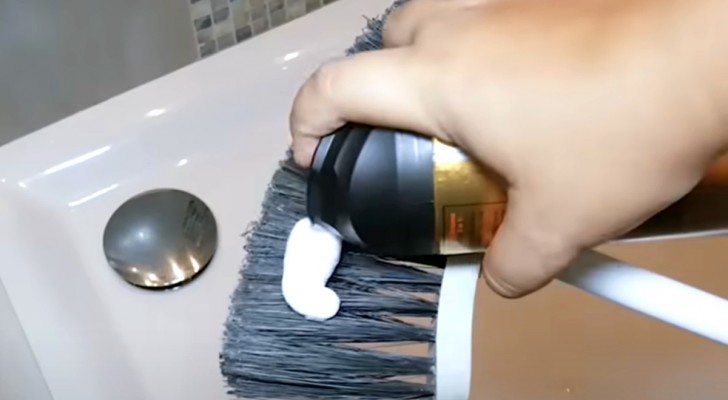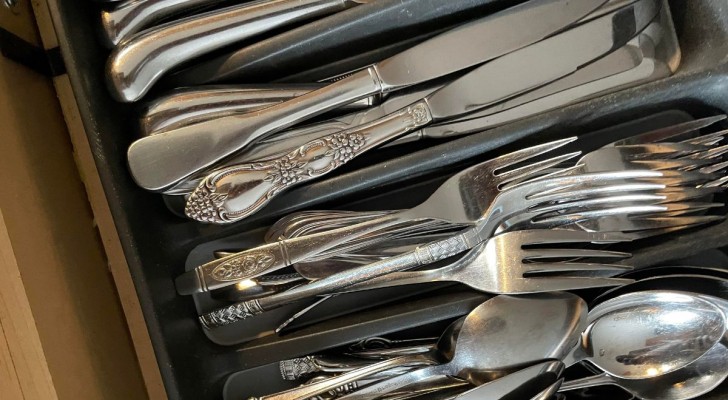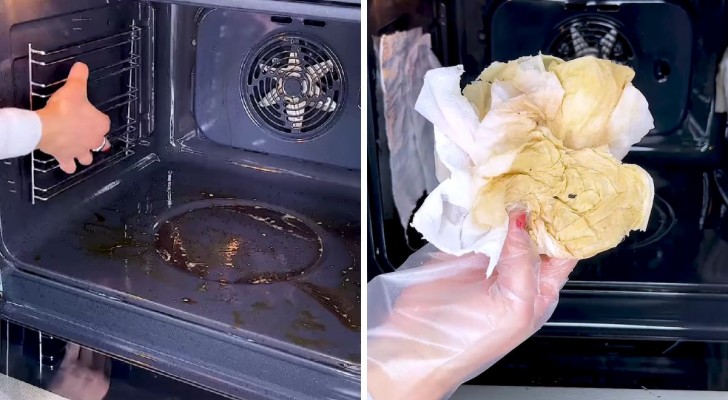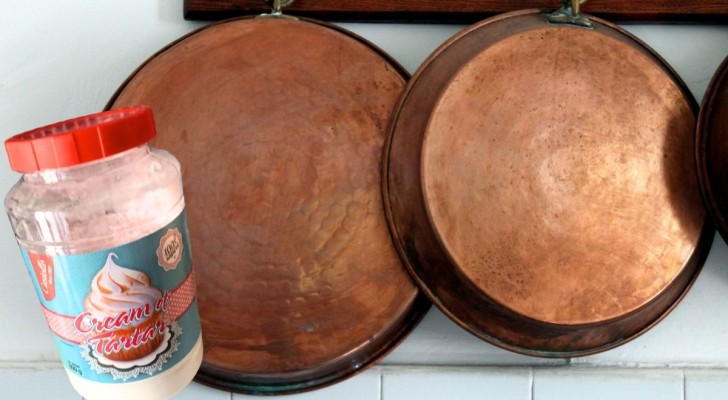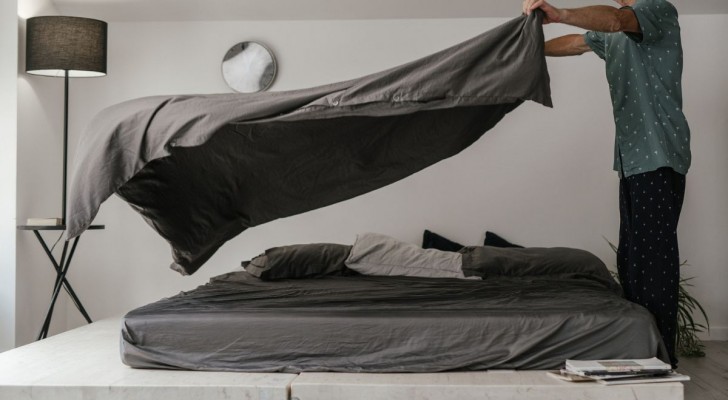What are the dirtiest surfaces/items in your home and how often should you clean them?
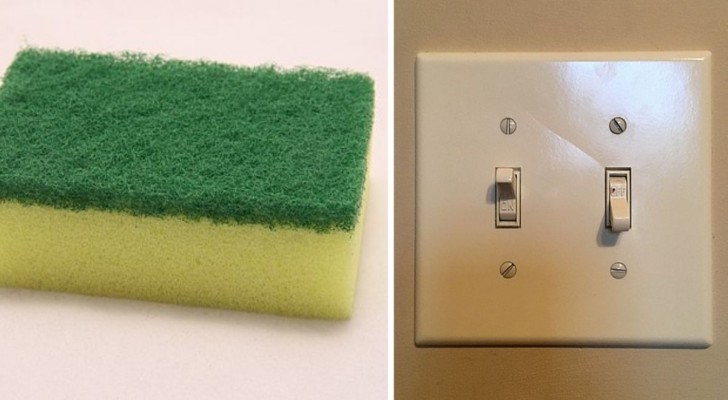
Experts' opinions are nearly unanimous on the question of what is the dirtiest things in the house: our hands. Although it may seem far-fetched, our hands are in fact the most prominent vehicle of germs and bacteria in our home and it is of fundamental importance to wash them often with soap and water, rubbing for at least 30 seconds.
However, there are many other surfaces that accumulate germs and bacteria during the day and if some are well known, others are underestimated and often overlooked during our cleaning sessions. Obviously, not all surfaces require daily cleaning and by setting up a detailed cleaning schedule, it will be easy to avoid the accumulation of dirt - and consequently also germs and bacteria - on all the surfaces of our home.
So what are the dirtiest surfaces in the house and how often should we clean them? Let's find out below:
1. Kitchen sponges
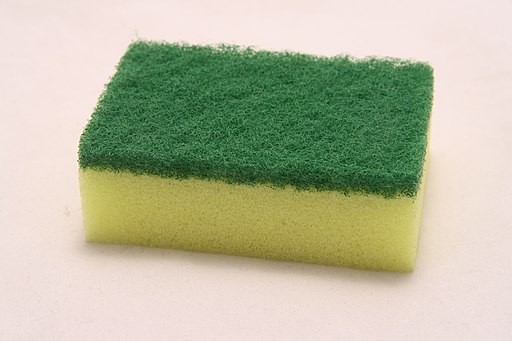
Jiří Sedláček/Wikimedia Commons
According to the experts, the kitchen is the dirtiest room in the whole house and sponges in particular have proven to be particularly dirty, offering a "home" for millions of germs and bacteria, including salmonella and E. coli. We must therefore pay close attention to our kitchen sponges, washing them daily and replacing them monthly, and more frequently if they start to smell.
The best way to clean sponges? Moisten them and place them in the microwave for 1 minute. If you're not comfortable with this method or don't have a microwave, wash them in the dishwasher once a week.
2. Kitchen shelves and handles
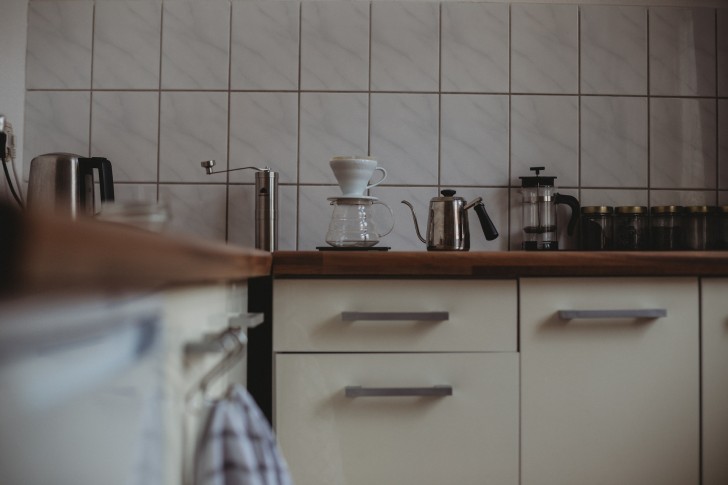
We place everything on the kitchen worktops every day, from food for meals, to shopping bags and many other items. For this reason, they can pick up many bacteria and germs and must be cleaned on a daily basis.
The same goes for cabinet and drawer handles: while we prepare meals, we often open drawers and cabinets with dirty hands, leaving grease, oil and food residue on them.
3. The outsides of the toilet
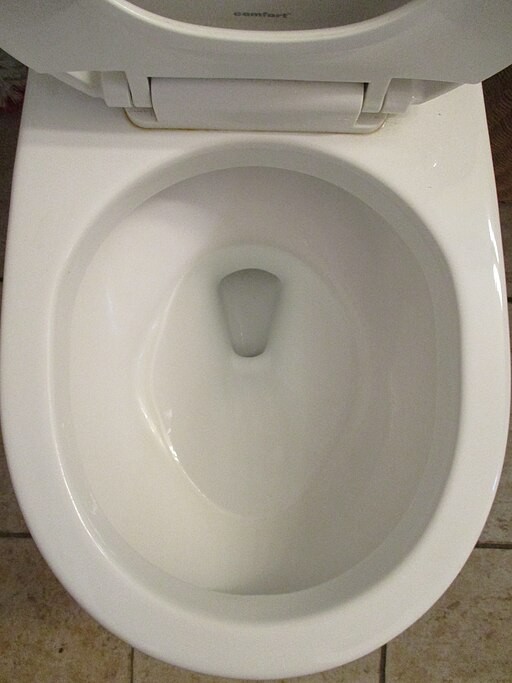
We all know how dirty our toilets are, but have you ever wondered how dirty the outsides of your toilet is? This are is also full of germs and bacteria. Clean the toilet inside and outside using a disinfectant detergent or preparing a detergent with natural remedies, for example by mixing a spoonful of bicarbonate of soda with a spoonful of salt and a spoonful of white vinegar. Spray on the surfaces of the toilet and leave it act for at least an hour before scrubbing off and rinsing.
4. Toothbrushes and the toothbrush holder
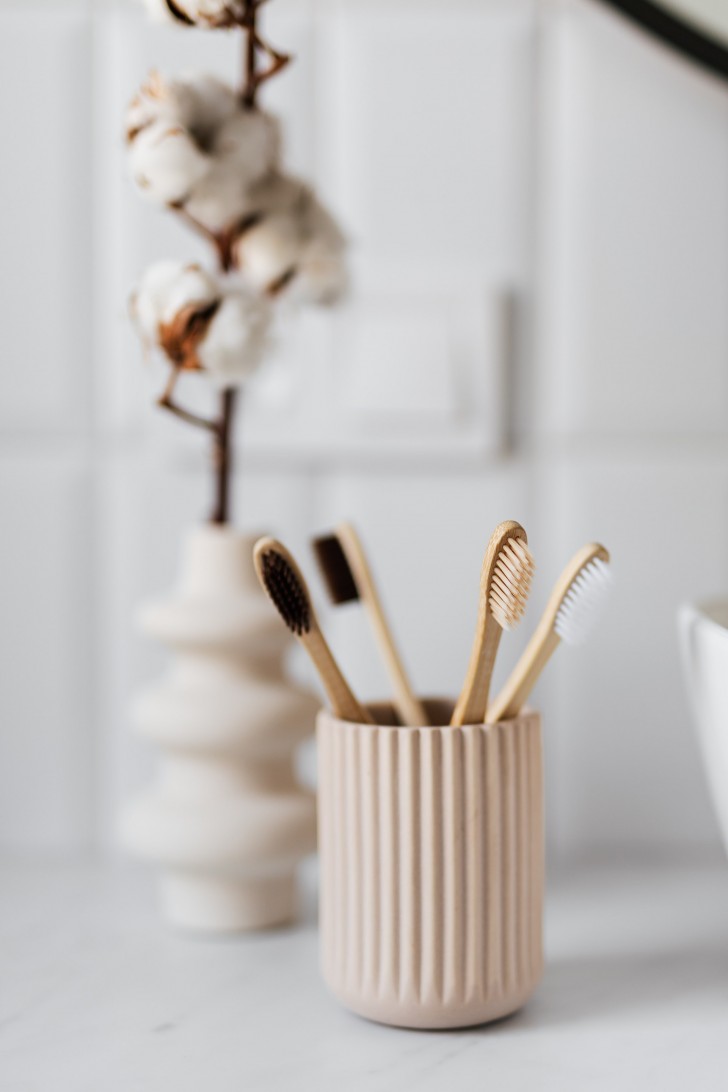
Incredibly, toothbrushes are amongst the dirtiest things in our homes, despite being the utensils we use daily to ensure the proper hygiene of our teeth and mouths. Toothbrushes should be disinfected together with their holder once every week - just immerse them in hydrogen peroxide for an hour.
5. Bathtubs and showers
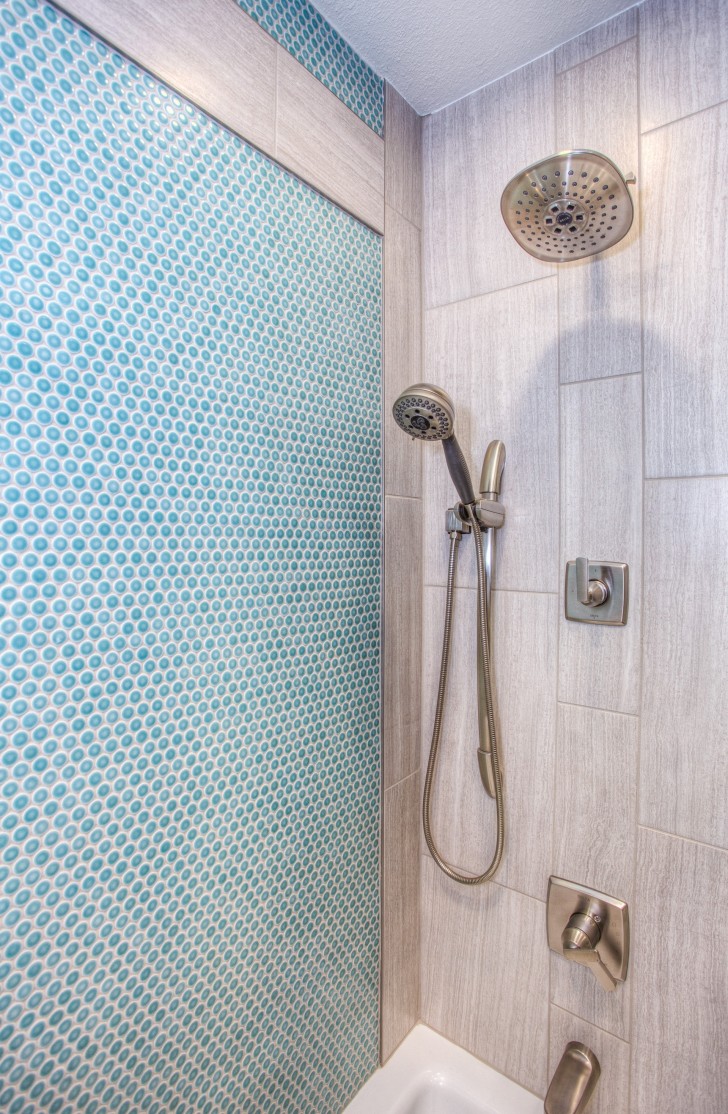
Every time we take a shower or a bath we leave residue of soap, dirt and hair. These settle on the surfaces and over time, add to the deposits of limescale and rust, encouraging the proliferation of germs and bacteria. For this reason, wash and disinfect the tub and shower at least once every week.
The shower head is also subject to limescale build-up: before the water outlet holes get blocked, clean it regularly with a solution of vinegar and bicarbonate.
6. Behind the radiators
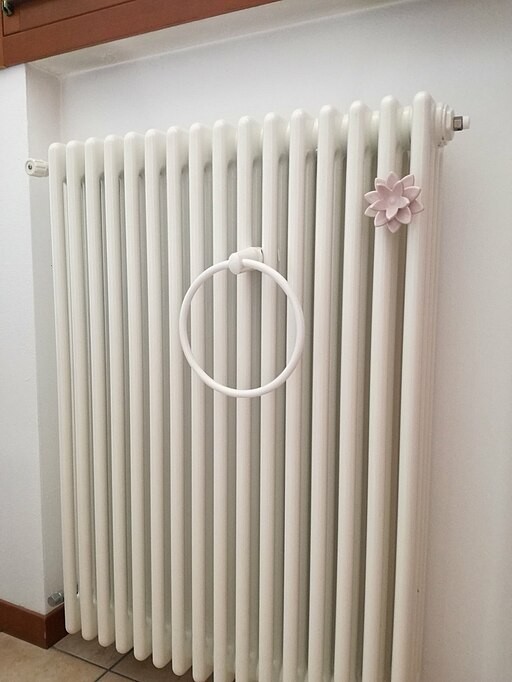
We are in the habit of cleaning the front of the radiator, but do we ever clean the back? Even in this area, dust accumulates extremely easily, leading not only to its dispersion into the air when on, but also to an increase in consumption, since the dust accumulated in the rear of the radiator hinders the free passage of hot air.
At least twice a year you should thoroughly clean your radiators, carefully vacuuming the dust from the back and wiping down with a damp cloth.
7. Light switches
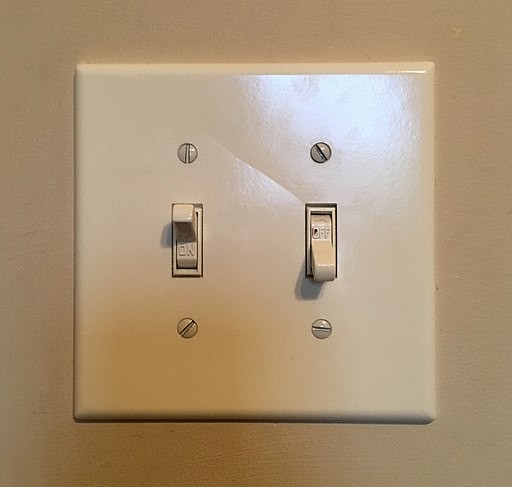
Light switches are touched all the time and for this reason, they can accumulate a lot of germs and bacteria. Clean them every 2 weeks with a damp, disinfectant wipe or with a cloth moistened in white vinegar.
8. Reusable shopping bags
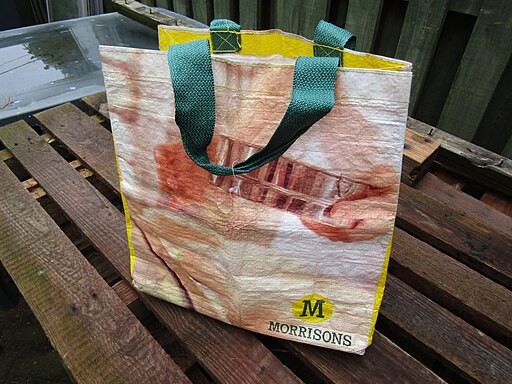
While they are eco-friendly, reusable shopping bags can accumulate significant amounts of germs and bacteria. In fact, every day we carry them around, placing them down and filling them with food, germs come with them.
Wash your bags once a month with hot water and detergent. If they are made of fabric, you can wash them in the washing machine.
Which of these surfaces/items do you clean properly and regularly?
